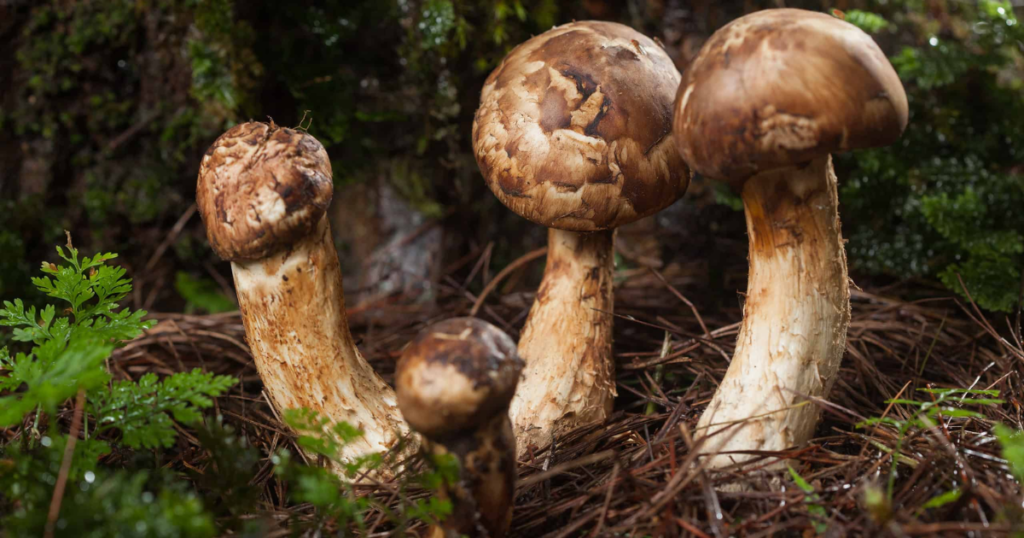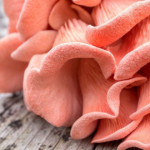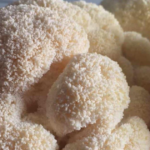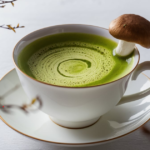Matsutake mushrooms are highly prized in many parts of the world, particularly in East Asia. These rare and aromatic fungi are not just culinary delights; they hold significant economic and cultural value. This article explores the multifaceted importance of Matsutake , delving into their history, economic impact, cultural relevance, and current challenges. By understanding these aspects, we can appreciate why Matsutake are so revered and sought after.
Introduction to Matsutake Mushrooms
What are Matsutake Mushrooms?
Matsutake mushrooms, also known as Tricholoma matsutake, are a species of fungi found in East Asia, North America, and Northern Europe. They are known for their unique aroma, which is often described as spicy and fruity. These mushrooms grow in symbiotic association with certain types of trees, making them difficult to cultivate artificially.
The rarity of Matsutake mushrooms contributes to their high market value. Foraging for these mushrooms is a traditional practice in many cultures, and their presence is often seen as a sign of a healthy forest ecosystem. Their distinct flavor and texture make them a prized ingredient in various cuisines.
Historical Significance
The history of Matsutake mushrooms dates back centuries, with records of their use in ancient Japan and China. They have long been considered a symbol of autumn and are often featured in traditional ceremonies and celebrations. In Japan, Matsutake were once reserved for royalty and the elite, underscoring their esteemed status.
The historical significance of Matsutake mushrooms is also evident in literature and art. They are frequently mentioned in classical poetry and depicted in traditional paintings, highlighting their cultural importance. Over time, these mushrooms have maintained their revered status, continuing to be a sought-after delicacy.
Economic Impact of Matsutake Mushrooms
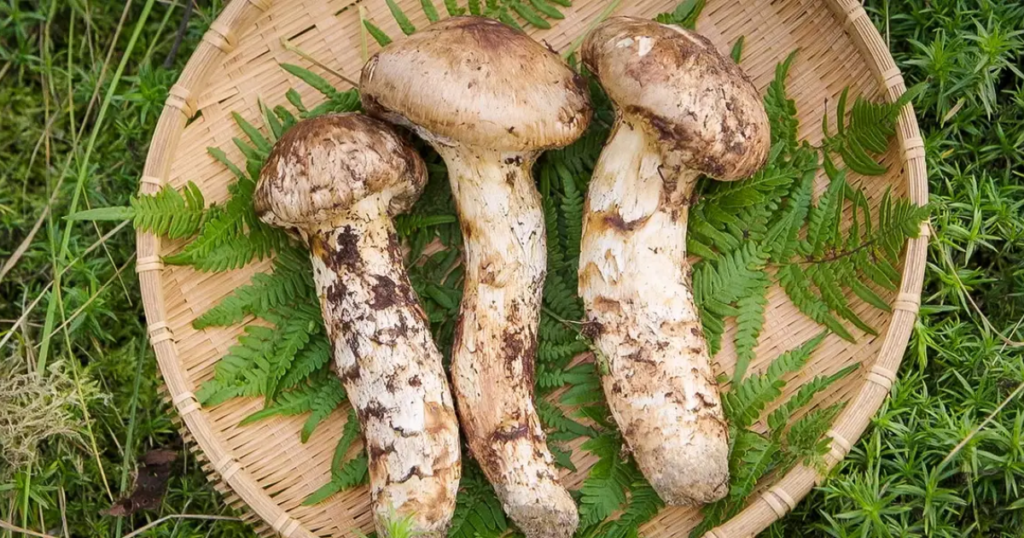
Market Value and Trade
Matsutake mushrooms command a high price in the global market, often fetching hundreds of dollars per kilogram. The market for these mushrooms is particularly strong in Japan, where they are considered a luxury item. Exporting countries, such as the United States, Canada, and several Asian nations, benefit economically from this trade.
The economic impact of Matsutake extends beyond their market value. The harvesting and sale of these mushrooms provide livelihoods for many rural communities. In regions where they grow, foraging for Matsutake mushrooms is a seasonal occupation that significantly contributes to local economies.
Economic Challenges
Despite their high market value, the Matsutake mushroom industry faces several challenges. Overharvesting and habitat destruction threaten the sustainability of these mushrooms. Climate change also poses a risk, as it affects the forest ecosystems where Matsutake mushrooms thrive. These factors can lead to a decline in mushroom populations, impacting both the environment and the economy.
Efforts to address these challenges include implementing sustainable harvesting practices and protecting forest habitats. Researchers are also exploring cultivation techniques to reduce pressure on wild populations. Balancing economic interests with environmental conservation is crucial for the future of the Matsutake mushroom industry.
Cultural Relevance of Matsutake Mushrooms
Culinary Uses
Matsutake mushrooms are a prized ingredient in many cuisines, particularly in Japan, Korea, and China. Their unique flavor and aroma make them a standout in various dishes. In Japanese cuisine, Matsutake mushrooms are often grilled, steamed with rice, or used in soups. Their distinct taste enhances the overall dining experience.
In Korean cuisine, Matsutake mushrooms are used in stews and hot pots, adding depth and richness to the dishes. Chinese cuisine also features these mushrooms in a variety of preparations, from stir-fries to delicate broths. The culinary uses of Matsutake showcase their versatility and highlight their esteemed status in Asian gastronomy.
Symbolism and Tradition
Matsutake mushrooms hold deep symbolic meaning in many cultures. In Japan, they are associated with longevity and happiness. They are often given as gifts during the autumn season, symbolizing good fortune and prosperity. The tradition of foraging for Matsutake mushrooms is also a cherished cultural practice, passed down through generations.
In addition to their symbolic value, Matsutake mushrooms play a role in traditional ceremonies and festivals. They are featured in seasonal celebrations and are often presented as offerings in religious rituals. The cultural significance of Matsutake is intertwined with their historical and culinary importance, making them a vital part of many traditions.
Harvesting and Sustainability
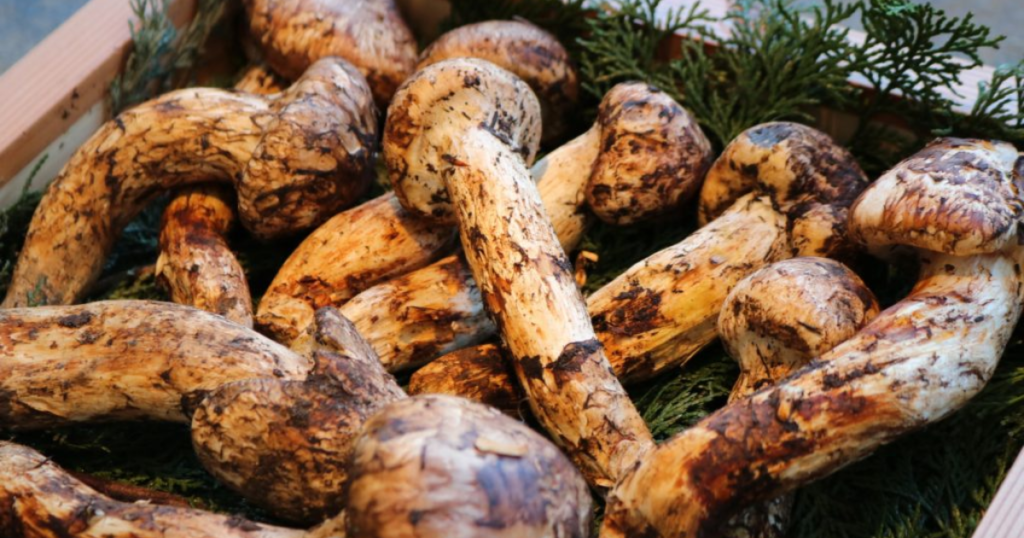
Traditional Foraging Practices
Foraging for Matsutake mushrooms is a time-honored tradition in many cultures. In Japan, foragers, known as “kinokogari,” venture into forests during the autumn season to search for these elusive fungi. The practice requires extensive knowledge of forest ecosystems and a deep understanding of the mushrooms’ growth patterns.
Traditional foraging practices are often guided by principles of sustainability. Foragers are taught to harvest mushrooms carefully, ensuring that the forest environment is not disturbed. This respect for nature and the delicate balance of the ecosystem is central to the practice of Matsutake foraging.
Modern Conservation Efforts
The increasing demand for Matsutake mushrooms has led to concerns about overharvesting and environmental degradation. Modern conservation efforts aim to address these issues by promoting sustainable harvesting practices and protecting forest habitats. Organizations and researchers are working together to develop guidelines that ensure the long-term viability of Matsutake mushroom populations.
One approach to conservation is the establishment of protected areas where Matsutake mushrooms can thrive without the pressure of commercial harvesting. Additionally, educational programs are being implemented to teach foragers about sustainable practices. These efforts are crucial for preserving both the ecological and cultural heritage associated with Matsutake mushrooms.
Read More:
Future Prospects and Challenges
Climate Change Impact
Climate change poses a significant threat to Matsutake mushrooms and the forests in which they grow. Changes in temperature and precipitation patterns can disrupt the delicate balance of the forest ecosystem, affecting the growth and distribution of these mushrooms. Understanding and mitigating the impact of climate change is essential for the future of the Matsutake mushroom industry.
Researchers are studying the effects of climate change on Matsutake mushrooms, seeking ways to adapt to these changes. This includes exploring alternative cultivation methods and developing strategies to enhance the resilience of forest ecosystems. Addressing the challenges posed by climate change is critical for ensuring the sustainability of Matsutake mushrooms.
Technological Advances
Advances in technology offer new opportunities for the Matsutake mushroom industry. Innovations in cultivation techniques could potentially reduce the reliance on wild populations, alleviating some of the pressure on natural habitats. Additionally, technology can aid in monitoring and managing mushroom populations, supporting conservation efforts.
Technological advances also have the potential to improve the efficiency of harvesting and distribution. By integrating modern tools and techniques, the industry can enhance productivity while maintaining sustainability. Embracing technological innovations is key to the future growth and resilience of the Matsutake mushroom sector.
Conclusion
The economic and cultural significance of Matsutake mushrooms is profound. These rare and aromatic fungi are cherished not only for their culinary value but also for their symbolic and historical importance. The industry surrounding Matsutake mushrooms contributes significantly to local economies, particularly in rural communities. However, challenges such as overharvesting, habitat destruction, and climate change threaten the sustainability of these mushrooms. Efforts to promote sustainable practices and protect forest habitats are crucial for preserving this valuable resource. As we look to the future, balancing economic interests with environmental conservation will be essential for maintaining the legacy and availability of Matsutake mushrooms.
Frequently Asked Questions
What makes Matsutake mushrooms so valuable?
Their rarity, unique aroma, and distinct flavor contribute to their high market value.
Where are Matsutake mushrooms commonly found?
They are commonly found in East Asia, North America, and Northern Europe.
How are Matsutake mushrooms traditionally used in cuisine?
They are often grilled, steamed with rice, used in soups, and added to stews and hot pots.
What are the main threats to Matsutake mushroom populations?
Overharvesting, habitat destruction, and climate change are major threats.
What efforts are being made to ensure the sustainability of Matsutake mushrooms?
Conservation efforts include sustainable harvesting practices and protecting forest habitats.

